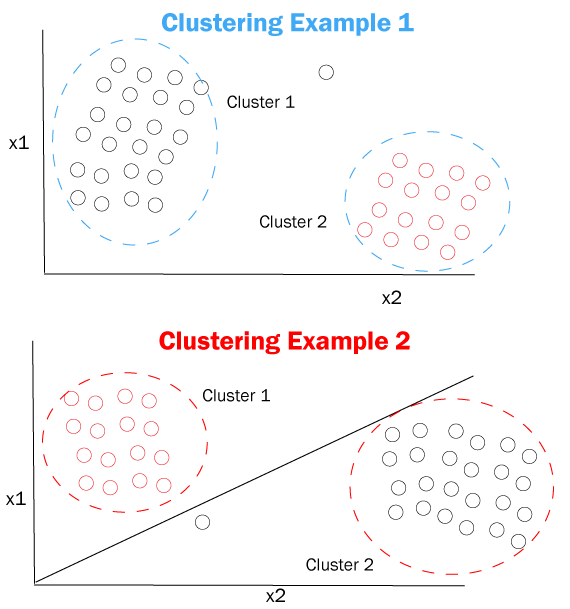Machine learning (ML) algorithms is the enabler of the next generation feature set. When it comes to ML, some companies are taking a leap of faith and betting the house on it. Once upon a time, ML learning was a marketing buzzword used by many, but from now on we’re going to dig deep into the trenches and recognize the leaders in the industry, especially those who publish scientific/academia like papers. Instart Logic has developed an unsupervised learning algorithm to optimize the delivery of images to wireless devices, sharing some of the details on how they do it.
The Problem
First, lets discuss the problem with image delivery to wireless devices. The average CDN in the industry is likely delivering hundreds of millions of images per month if not billions. The speed of the last-mile network from the cell tower to mobile device on a 3G, 4G or 5G network fluctuates dramatically depending on the signal quality and numerous other factors. When you put the two together – delivering a high volume of images on a fluctuating last-mile mobile network, image delivery performance suffers. And FEO is not a solution to this big problem but only a band-aid. At its best, FEO is a consolidator feature that consolidates request, images and white space, or something like that.
The Solution
Instart Logic built an ML model that solved the problem of delivering a vast amount of images over the wireless last mile. First, they developed a quantitative metric called VoQS that compares the performance of two arbitrary images delivered through a “web delivery service” pipeline (network). Thereafter, they developed an unsupervised learning algorithm that works in conjunction with VoSQ that groups and optimizes the delivery of similar images. In the world of ML, grouping inputs into clusters is method used by the ML community to optimize any process.
Here are some of the highlights of Instart Logic study:
- Two image delivery modes available – full download or partial download
- Partial download is the preferred method because the browser renders the image as it is received and doesn’t have to wait until the entire image is downloaded
- Unsupervised learning was used for image categorization, which allowed large datasets of images to be grouped together into clusters
- Clustered group of images enables platform to become content aware
- Affinity propagation algorithm used for clustering
- The algorithm classifies images into four categories: smartphone, laptop, tablet and desktop
- Each category of images is optimized for delivery to the specific device: smartphone, laptop, tablet and desktop
For more details, click here. Below is an off the shelf unsupervised learning model example using a clustering algorithm.
